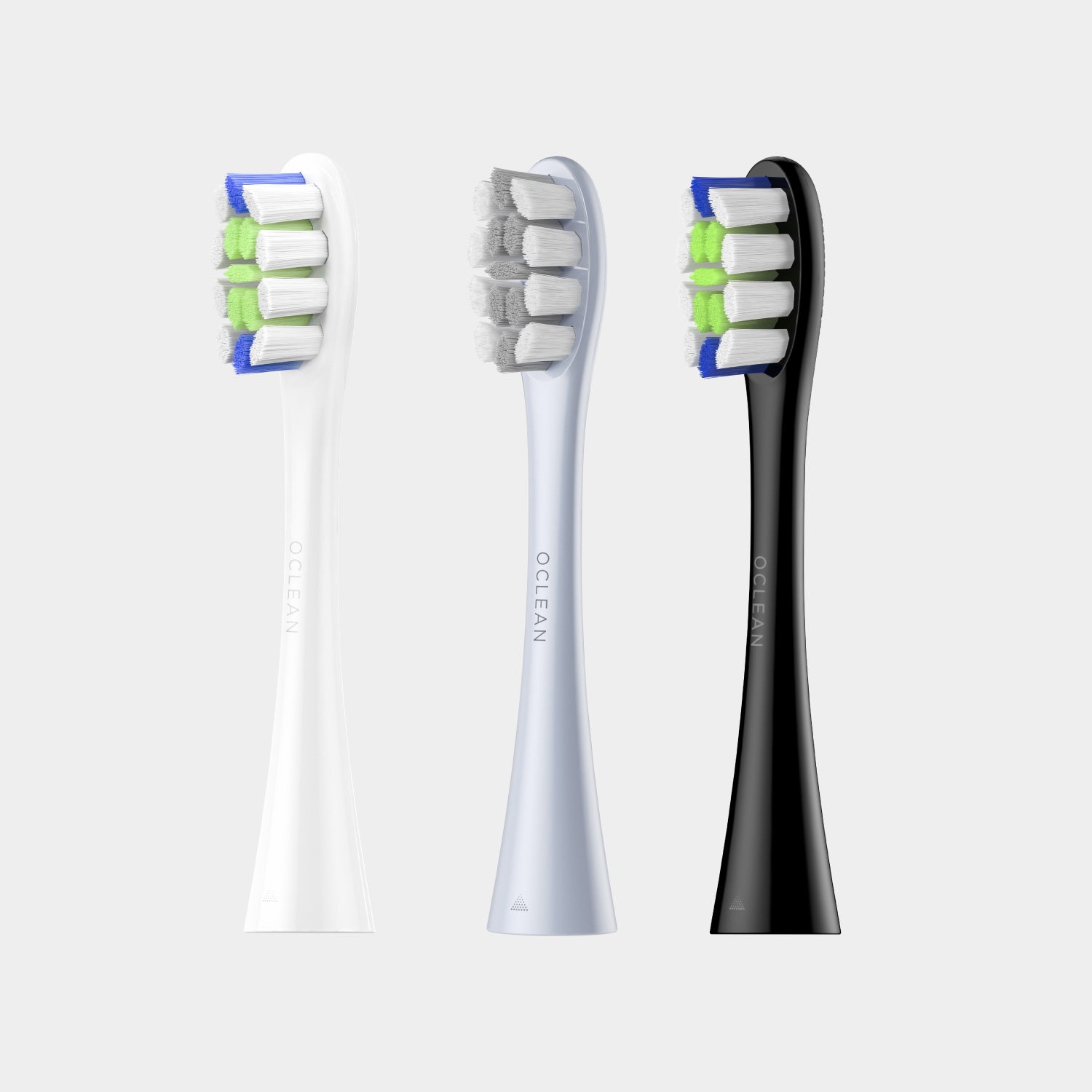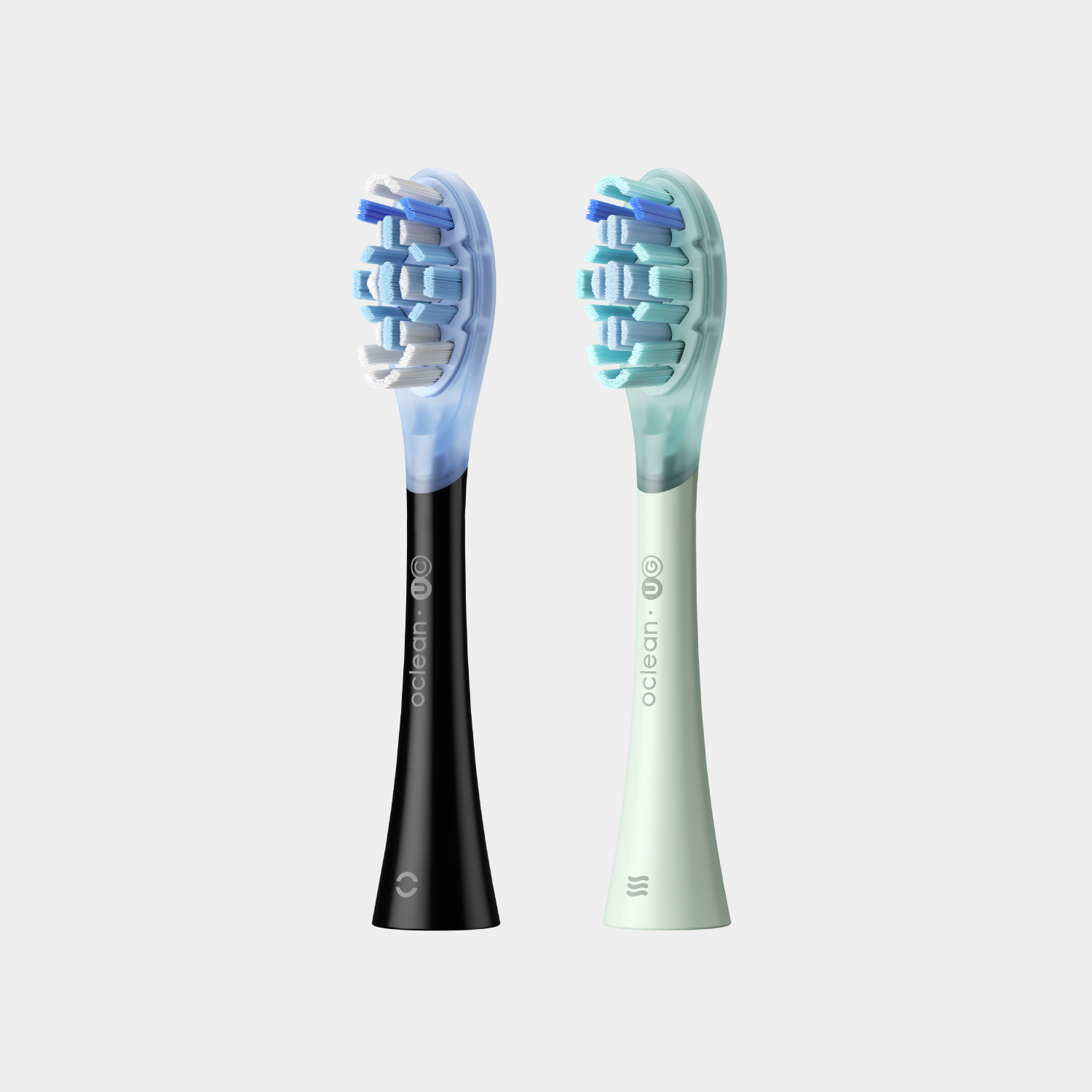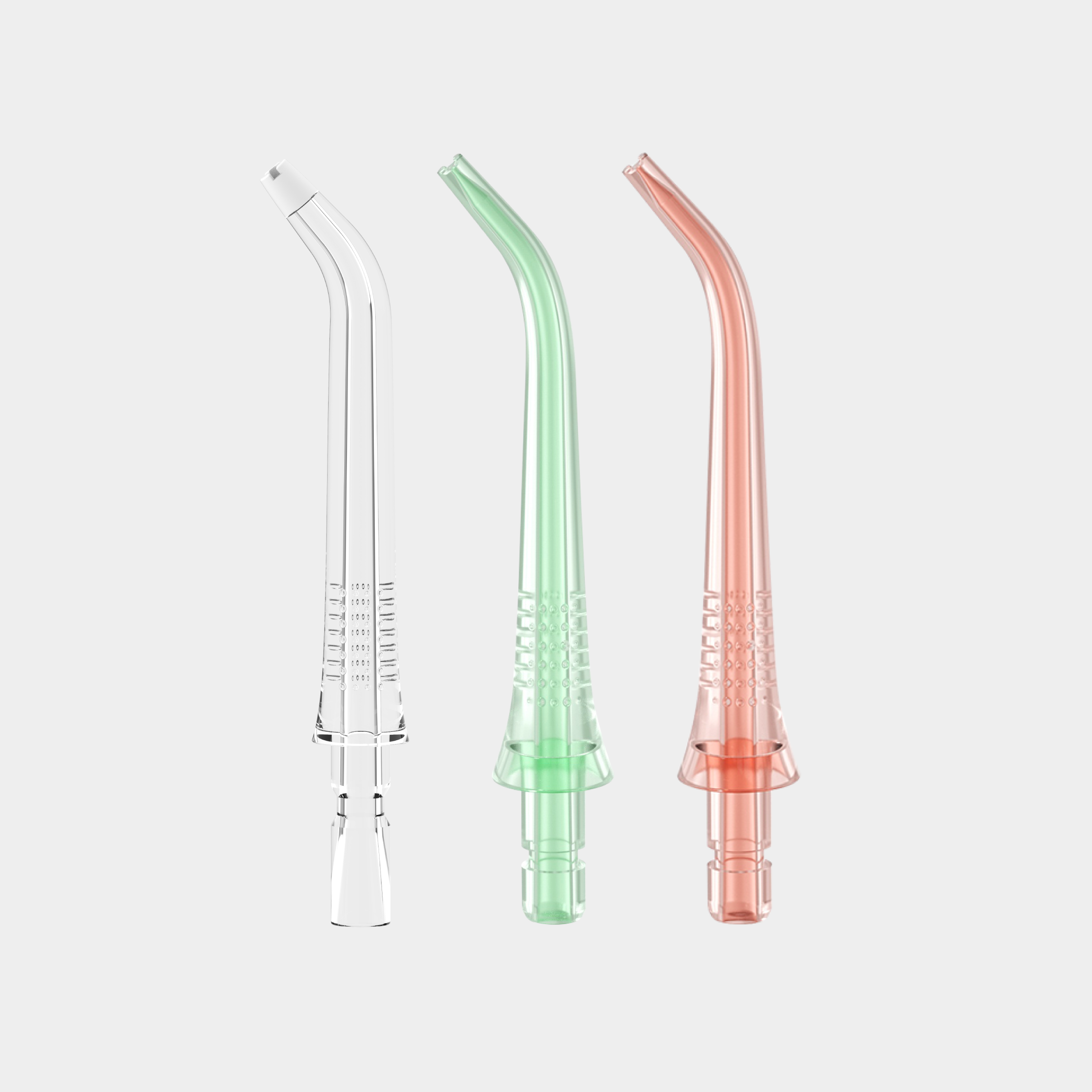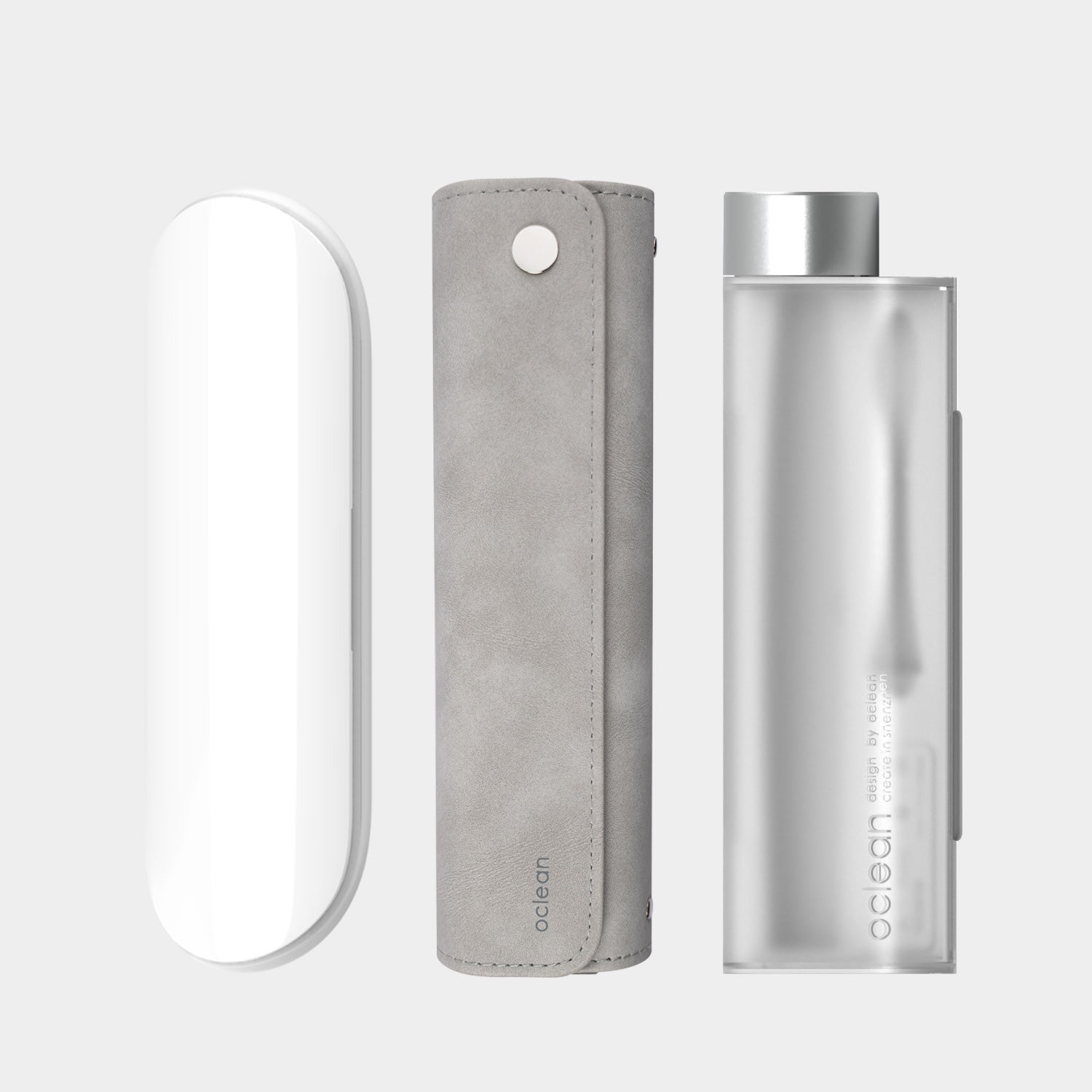History of toothpaste: The When and How
You might have heard the phrase; necessity is the mother of invention. Since the first day of the first man on the planet, man has evolved in all aspects. The desire for self-love was instilled in the earliest man, which is why the sense of being better is seen in history.
Would it be fair to say that toothpaste was invented when garlic was first used in the kitchen? Or should we say that they were invented the day the first time a couple smelled a foul odor?
This article will talk about the invention of toothpaste, its composition, history, and evolution. We'll also tell you everything you need to know before buying toothpaste.
How was toothpaste invented?
The desire for toothpaste invention is unknown. However, Egyptians were the first ones to come up with the idea. They took eggshells, gum resin – for fragrance, powdered volcanic glass (pumice), and ox hooves and mixed them. This mixture was a powder and was used frequently in 5000 B.C.
The Egyptian toothpaste recipe was passed on to Romans and Greeks and was used by them for a very long time. Toothpaste made its way into South Western Europe, mainly Spain, moving further in time when Spain was a Muslim-ruled area and was dominant in the Iberian Peninsula.
There, a guy named Ziryab came up with the idea of a fresh-smelling mouth and invented a new form of toothpaste. It's unclear what was used to make this toothpaste. Certain literature reports that these toothpaste were used with tree twigs to brush teeth.
What was the first toothpaste made of?
Products resembling the toothpaste we use today are powders that came into use in the 19th century. The earliest form of toothpowder was made in Great Britain. It consisted of burnt toast that was crushed into ground powder. In other parts of the world, the composition of toothpowder was entirely different and was made of chalk, salt, and pulverized brick.
The Home Encyclopedia of 1866 cautioned people that pulverized charcoal is an ingredient of commercially available toothpaste. This indicates that they harmed more than they helped.
Did dentists contribute to the invention of toothpaste?
Yes, they did. A dentist named Dr. Peabody made the first modern-day toothpaste by mixing soap and ground toast. Later, this soap was replaced by a chemical called Sodium Lauryl Sulfate. Another dentist, Dr. John Harris, added ground chalk to this toothpaste. This yielded a much smoother and creamy paste.
Dr. Sheffield was one of the most successful dentists of the 19th century in the United States. He took on the task of creating a patient-friendly toothpaste that is pleasant to taste yet effective. He took a ready-made tooth cream, added mint extracts, and placed it in a tube. Afterward, he applied this to his patient's teeth, and the response was phenomenal.
Dr Sheffield's toothpaste became so popular that it spread worldwide. His pharmaceutical company is functioning, even today.
The Evolution of Modern toothpaste
In the 20th century, after World War II, synthetic detergents replaced soap in toothpaste. In 1950, fluoride was added to toothpaste to strengthen enamel and prevent dental caries. Later, an edible toothpaste was invented by NASA so that astronauts could brush their teeth in zero gravity. In 1989, a brand named Rembrandt made toothpaste and claimed that it whitens and brightens teeth. Today, there are dozens of varieties of toothpaste for everybody's different oral hygiene needs.Fluoride toothpaste is a type of toothpaste that contains fluoride, a natural mineral that has been proven to prevent tooth decay and strengthen tooth enamel.
In addition to toothpaste, all aspects of oral hygiene have been developed today, including innovations like the sonic electric toothbrush. From manual toothbrushes to electric toothbrushes to smart toothbrushes, and from floss to water flosser, the options for maintaining oral health have expanded significantly.
What do you need to know before buying toothpaste?
In addition to its historical evolution, toothpaste has also undergone significant advancements in modern times to cater to various aspects of oral health, including the integration of innovative tools like the sonic electric toothbrush. Today, toothpaste formulations are diverse, ranging from fluoride toothpaste aimed at strengthening enamel and preventing cavities to whitening toothpastes designed to brighten smiles. These formulations often come in convenient modern-day toothpaste tubes, making them easy to use and store. Ingredients in toothpaste play a crucial role in maintaining dental health, with some targeting specific concerns such as gum disease. Furthermore, toothpaste formulas are carefully crafted to freshen breath while promoting overall oral hygiene. When selecting a toothpaste, it's essential to consider not only its whitening or breath-freshening properties but also its ability to protect against gum disease and maintain healthy gums. By prioritizing toothpaste ingredients that address individual oral care needs, individuals can ensure a brighter, healthier smile for years to come.
The choice of toothpaste has been a subject of majority challenges worldwide. There are a lot of important factors that contribute to making right toothpaste. Some of them are as follows:
- Fluoride is an essential ingredient that leads to the strengthening of teeth. Tooth decay is also prevented as a result of that.
- Approval by ADA "American Dental Association" should be prioritized.
Related Readings:
Can You Bring an Electric Toothbrush on a Plane
How Many Calories Are in Toothpaste
What Happens if You Swallow Toothpaste
Are Charcoal Toothbrushes Safe















































































